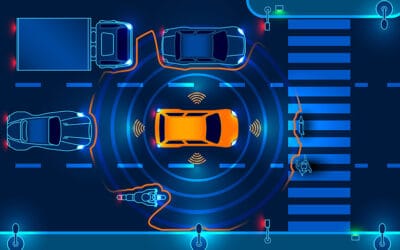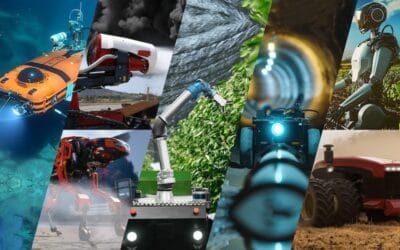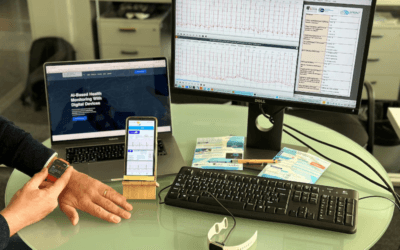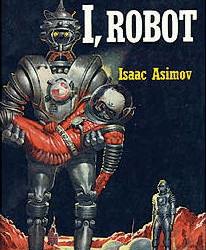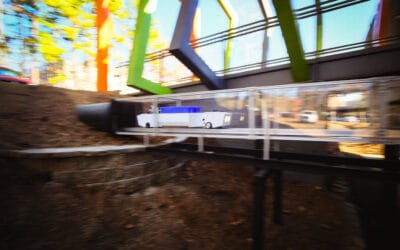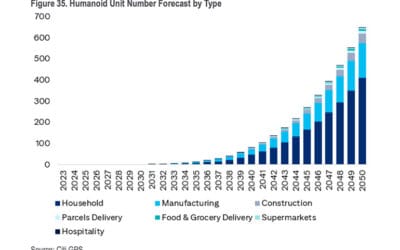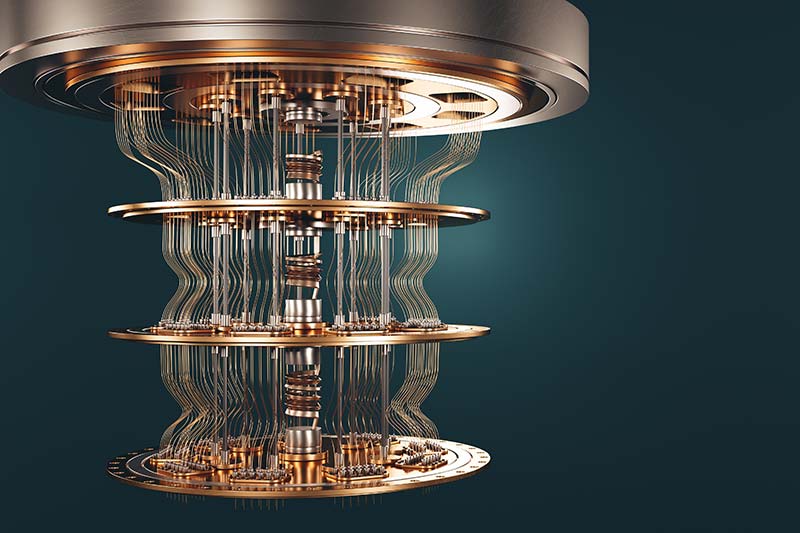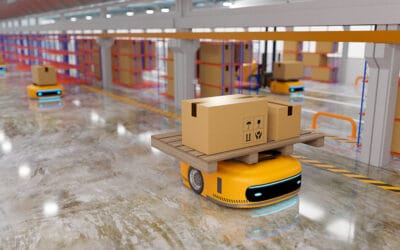Robotics News
Researchers investigate how to design low-cost, highly reliable robots
University researchers have developed an approach for making robots more reliable by adapting to varying levels of vulnerabilities. | Source: Adobe Stock Researchers from the University of Rochester, Georgia Tech, and the Shenzen Institute of Artificial Intelligence...
Berkeley Researchers Crack Open ‘AI-at-Scale’ Method for Chemical Science
Dec. 12, 2024 — Quantum calculations of molecular systems often require extraordinary amounts of computing power; these calculations are typically performed on the world’s largest supercomputers to better understand real-world products such as batteries and...
Enduring the elements: encoder solutions for extreme field robotics
Field robotics is redefining industries with technologies that perform complex tasks in unstructured and often dynamic environments – out of the warehouse, facing the weather, and potentially working alongside the public. The post Enduring the elements: encoder...
BSC Develops AI Model to Predict Stroke Risk Using Mobile Devices
Barcelona Supercomputing Center‘s Innostroke project aims to transform the prevention and monitoring of stroke, one of the leading causes of death and disability worldwide, through artificial intelligence. The Innostroke technology has been developed in an...
The Growing E-Waste Footprint of GenAI
In 2022, the world produced 62 million tonnes of electronic waste, marking an 82% rise from 2010 levels. If this trend persists, global e-waste generation is projected to increase by an additional 32%, potentially reaching 82 million tonnes by 2030. The post The...
The Three Laws of Robotics and the Future
Isaac Asimov’s Three Laws of Robotics have captivated imaginations for decades, providing a blueprint for ethical AI long before it became a reality. The post The Three Laws of Robotics and the Future appeared first on HPCwire.
From surge to sobriety: the state of robotics investment in 2024
Over the last several years, the investment environment has been tough for robotics startups. Capital deployment has fallen and companies have closed as the general downturn in tech investment that started in 2022 hit the resource-intensive robotics particularly hard....
Pipedream Labs deploys underground robotic delivery system in Texas drive thru
Pipedream Labs Inc. announced the launch of its robotic food-delivery system at a leading quick-service restaurant, or QSR. The system delivers food orders from the kitchen to the customer in under 15 seconds, “transforming fast food into instant food,” it said. The...
2024: The year humanoids woke up
Eight years ago, not even $1 million went into startups focused exclusively on humanoids. Today, the total amount of private capital for the industry has climbed over $1.4 billion. Just this month, Citi’s leading investment analysts published “The Rise of AI Robots:...
Quantum Computing 2025 — Is it Turning the Corner?
It’s time to stop doubting quantum information technology. Are we there yet? No. Not by a long shot. But the progress on a number of key challenges, the sheer number of organizations fighting to succeed (and make a buck), the no-turning-back public investment, and...
The state of AI, robotics heading into 2025
The perceived labor vs. automation debate is one of a few trends that will dominate the robotics industry in 2025. Next year, we’ll also hear much about the importance of human-robot collaboration, market consolidation and the fate of robotics foundation models...
Top 10 robotics stories of December 2024
A series of humanoid robot announcements at the end of the month dominated our top 10 stories in December 2024. In addition, large funding rounds and forward-looking forecasts grabbed our readers’ attention. Here are the 10 most popular stories on The Robot Report in...

